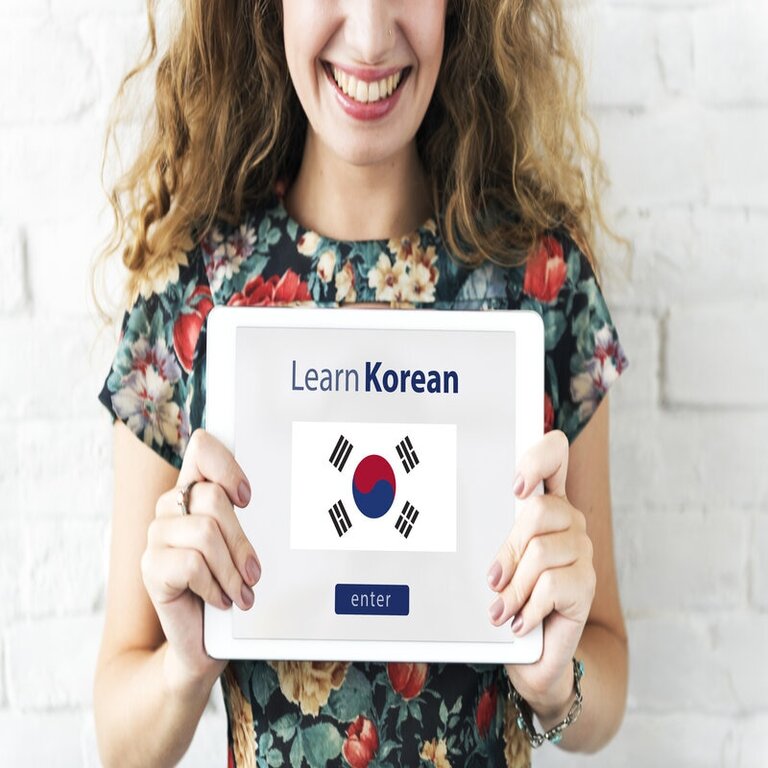Did you know that by learning only the ten most frequent Korean terms, you can communicate in a functional manner with nearly half the Korean population? Yes, you’ve nailed it! About half of all written and spoken Korean is composed of only a handful of fundamental terms. Just make sure you’re using the proper terminology.
This essay will explain why you need a list of frequently used Korean terms compiled using the word-frequency approach.
South Korea, North Korea, and the Yanbian Korean Autonomous Prefecture in China all recognize Korean, or Hangugeo, as their official language. If you want to learn Korean for any reason—to better appreciate K-dramas and K-pop, to travel to Korea, or even for your job—here’s the simple starting point.
Practice your Hangul:-
If you want to communicate with native Korean speakers, learning Hangul is a good first step. This is vital if you ever plan on learning to read and write Korean. Hangul, the Korean script, has a surprisingly low barrier to entry for students of foreign languages. Ten vowels and fourteen consonants make up Hangul’s total of 24 letters.
When learning Hangul, it’s important to keep in mind the deep symbolism of each letter. The consonants are represented by straightforward diagrams of the mouth in various positions necessary to produce the corresponding sounds.
Vowels are constructed from a dot (represented by the symbol -) for the sun, a horizontal line () for the Earth, and a vertical line () for the people who act as a bridge between the two (the sun and the Earth).
Spend one week studying the eight most fundamental vowels, and then another week learning vowels with y sounds and vowel combinations. After mastering the vowels, go on to the consonants by dividing them into 8-letter sets.
In a few weeks or less, depending on your dedication to studying, you should be able to master Hangul. You can learn to read Hangul in approximately a month if you spend 10 minutes a day on average studying flashcards.
Reading words will be easy after you have learned the alphabet. If you read often (even if you don’t comprehend a word), your reading comprehension will likely improve.
Basic Korean Words:-
These are the 10 most important terms in Korean to know:-
- 안녕하세요 (annyeong haseyo) – “Hello”
- 안녕히 가세요 (annyeonghi gaseyo) or 안녕히 계세요 (annyeonghi gyeseyo) – “Goodbye”
- 네 (ne) or 예 (ye) – “Yes”
- 예 (ye) or 괜찮다 (gwaenchanhda) – “Okay”
- 아니요 (anyone) – “No”
- 주세요 (juseyo) – “Please”
- 감사합니다 (gamsahamnida) or 고마워요 (gomawoyo) – “Thank you”
- 천만에요 (cheonmaneyo) – “You’re welcome”
- 미안해요 (mianhaeyo) – “I’m sorry”
- 몰라요 (mollayo) – “I don’t know”
Conclusion:-
Using social media platforms as a training ground is the most convenient option (since we are always browsing on it). If you want to become better at reading, writing, and listening in Korean, follow us on Facebook, Instagram, and YouTube, where we offer new material every day.
About Cambridge Institute:- Best Korean Classes in Mumbai
Cambridge Institute is one of the leading foreign language institutes in India offering writing, reading, and speaking courses in 6 different foreign languages. Being in the education industry for the past 13 years, our Institute offers specially designed foreign language courses with quality content coupled with a better learning environment.



